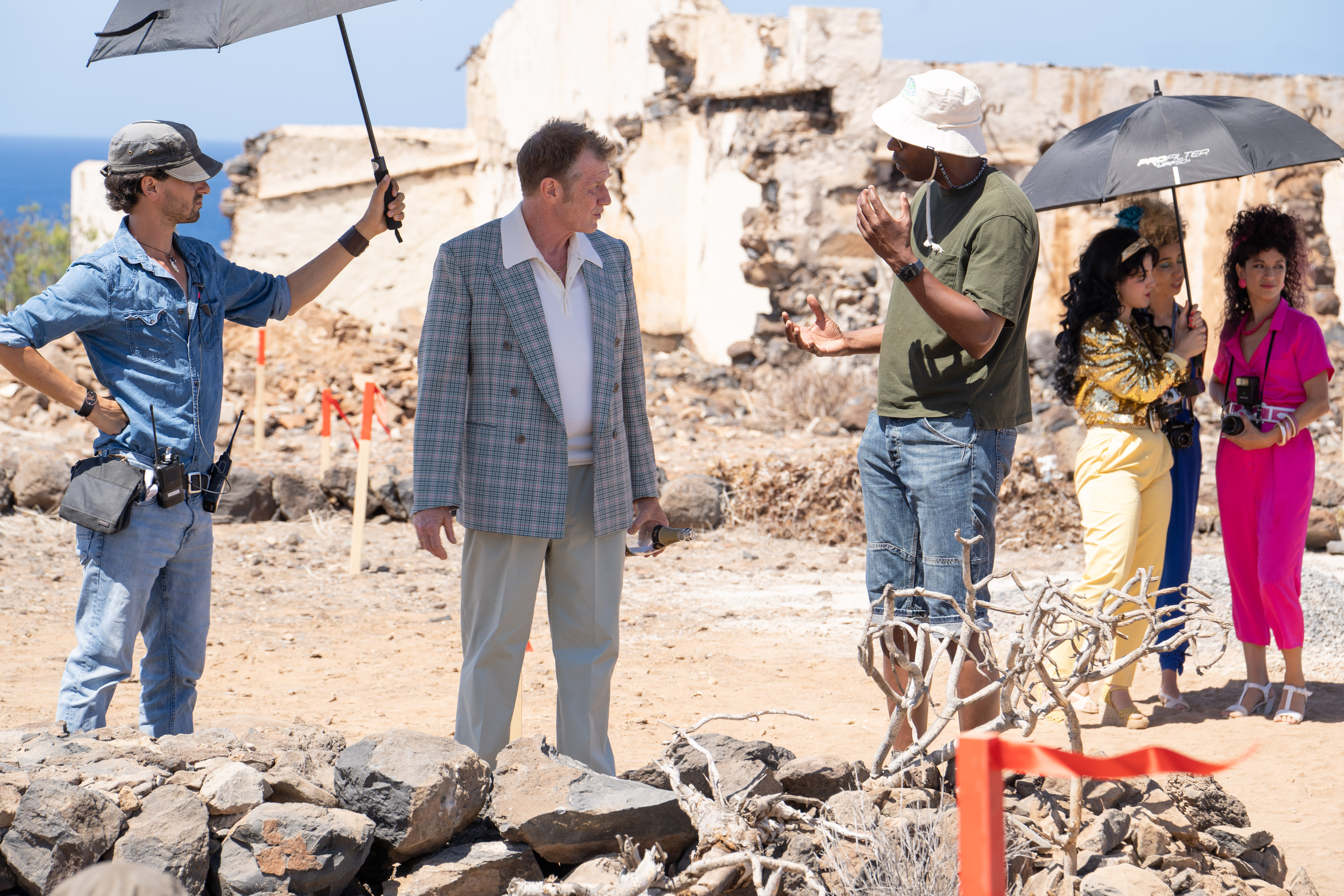Overview of the role
The costume standby works under the direction of the costume designer and supervisor as the on-set representative of the costume department during shooting. They must look after the artists’ needs and assure their costumes meet the designer’s vision and specifications. They are responsible for the varying day-to-day practicalities on set during production, including setting out the relevant artists’ costumes in their dressing rooms on the day of shooting especially if they are in period costumes, as well as keeping their artists comfortable throughout the shoot. They will need to perform any maintenance necessary for on-set occurrences. During the shoot they are responsible for their costume continuity and its accurate documentation. They liaise with the director, assistant directors and script supervisor on set with regard to continuity of costumes and needs of their specific artists.
Download the PDF version of this skills checklist: Standby Costume Assistant Skills Checklist.
Core responsibilities
These core responsibilities are provided as a guide and are not exhaustive. The exact responsibilities in a particular job will vary depending on the scale / budget band / genre of the production.
- Read script and create script breakdown
- Have an understanding of the period or genre of the production
- Be aware of how the story and timeline will affect the look of each character costume
- Identify action points in the storyline that call for special costume provision, check these with the design team
- Consider continuity requirements and add to the script breakdown protocol (for example, SyncOnSet) used daily for continuity
- In collaboration with the costume supervisor and assistant costume designer (ACD) confirm the number of costume repeats required to cover stunts, picture doubles and breakdown
- Liaising with the design team, identify costumes and confirm specific dressing and costume requirements
- Verify costume changes required by the schedule or call sheet and determine the time available for performers to change
- Check the line up is complete for their artists and notify any discrepancies
- Liaise with all departments which may involve interaction or affect costume throughout the day, such as sound, hair and make-up
- Identify and minimise dressing difficulties that could cause discomfort to the performer and could impact on the schedule
- Discuss with the designer or supervisor if you have costume difficulties and agree solutions
- Assist principal and background artists with dressing and undressing when required
- Develop and maintain a professional working relationship with performers that demonstrates discretion and sensitivity, following set etiquette
- Identify and note servicing or repairs required prior to the costume’s next use and report this to the relevant person(s)
- Prepare the costumes for return to storage
- Ensure costumes are secure and protected from the elements on set while shooting
- Identify the location, expected weather and appropriate workwear, such as waterproofs, keep-warms and hot water. Assist performers with warmth and comfort wear
- Follow on-set etiquette including rules on the use of mobile phones or other modes of communication
- Carry out additional breakdown if requested by the director or production.
- Liaise with and inform the design team before commencing any additional work
- Carry out smaller alterations and repairs on set as required
- Identify production requirements in relation to stuntwear
- Liaise with stunt action coordinators and identify specific stuntwear requirements
- Check costume rigging is concealed and the costume replicates the principal during dressing
- Check the application of SFX and ensure protective clothing is worn beneath costumes
- Assess the item and select the appropriate cleaning products and methods
- Press or steam garments as required, using appropriate accessories
- Be aware of allergies and sensitivities of performers and the costume team to cleaning products
- Confirm continuity requirements and assess the need to clean items
- Follow COSHH (control of substances hazardous to health) regulations when using cleaning and pressing products
- Check the line up against the call sheet
- Follow continuity in line with the designer’s vision and the established continuity
- Ensure that records of costume continuity are updated daily, with each costume change for each character being recorded into whichever system is in use (for example, SyncOnSet)
- Observe costume detail and continuity and be diligent with costume checks, stepping in only if required (consider the actor’s space and performance)
- Monitor the costumes for damage and, if possible, fix costumes discreetly when required
- Ensure costumes are protected from damage by using protective coverings and are clearly labelled
- Inspect costumes to be returned, ensure they are clean and report issues
Skills
Check out role specific skills, transferable skills and attributes for the role of costume standby.
- Script breakdown and communication of costume requirements with an understanding of the performer’s needs
- Liaise with other departments for example, sound, ADs, director and hair and make-up, to discuss continuity and any change
- Work in line with the production’s confidentiality rules
- Set etiquette: understand the roles and responsibilities within the costume department and the etiquette to follow
- Communication: interpreting other’s requirements and communicating the costume department’s requirements clearly to cast, crew and colleagues
- Teamworking: collaboration within own and with other departments, such as sound, hair and make-up, and props
- Problem-solving: flexibility to resolve costume related issues while shooting
- Resilience and enthusiasm: adapt positively to changing work priorities and patterns, ensuring deadlines continue to be met. Proactive and explores new ideas and non-standard ways of working which will enhance and deliver the best results for the production
- Ethics and integrity: honest and principled in all of their actions and interactions. Respectful and inclusive of others, and meets the ethical requirements of their profession
- Flexibility: willing to both listen and learn and to accept changing priorities and working requirements and has the flexibility to maintain high standards in a changing production environment
- Professional development: develop and maintain an attitude to learning on every job and seek out networking opportunities
